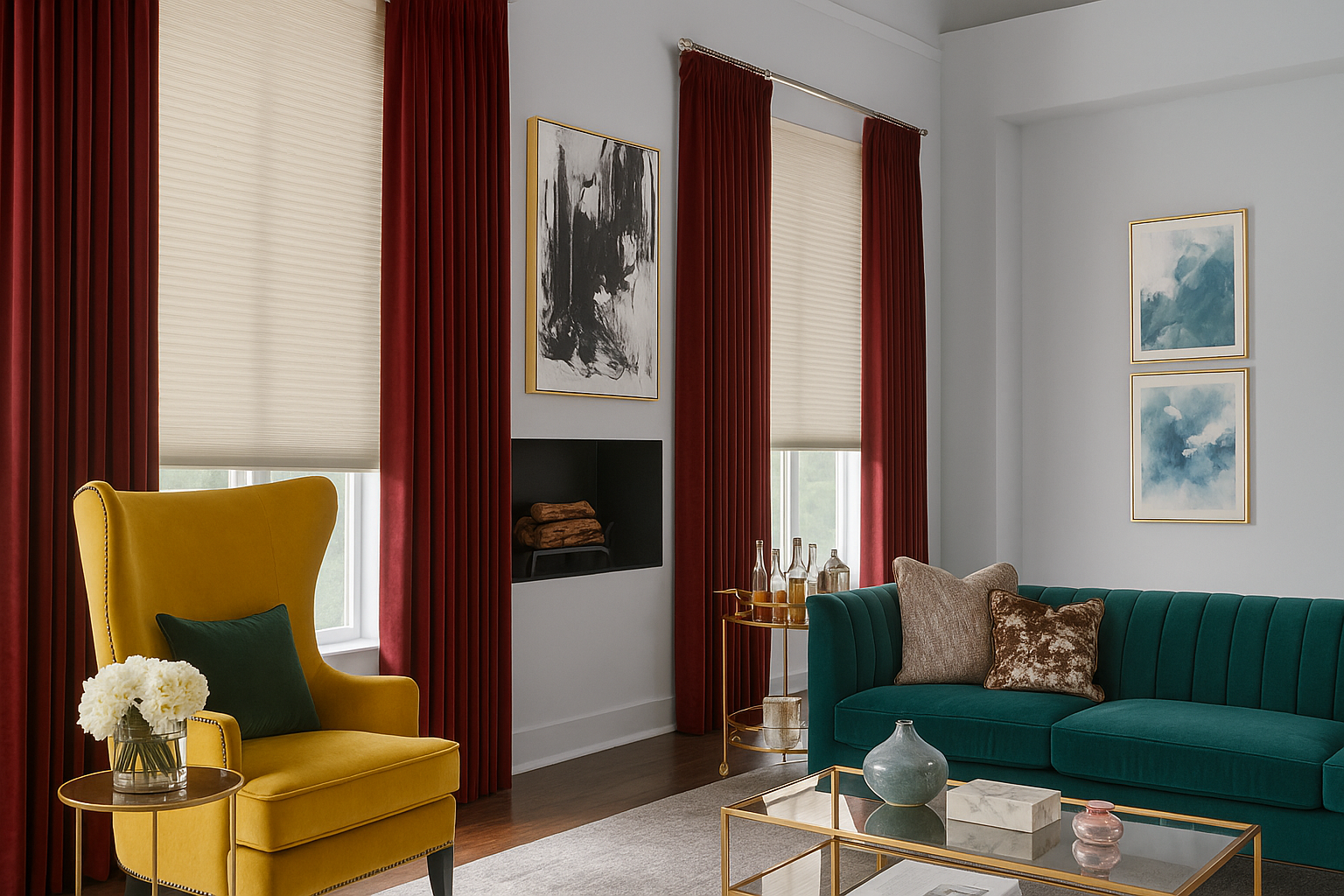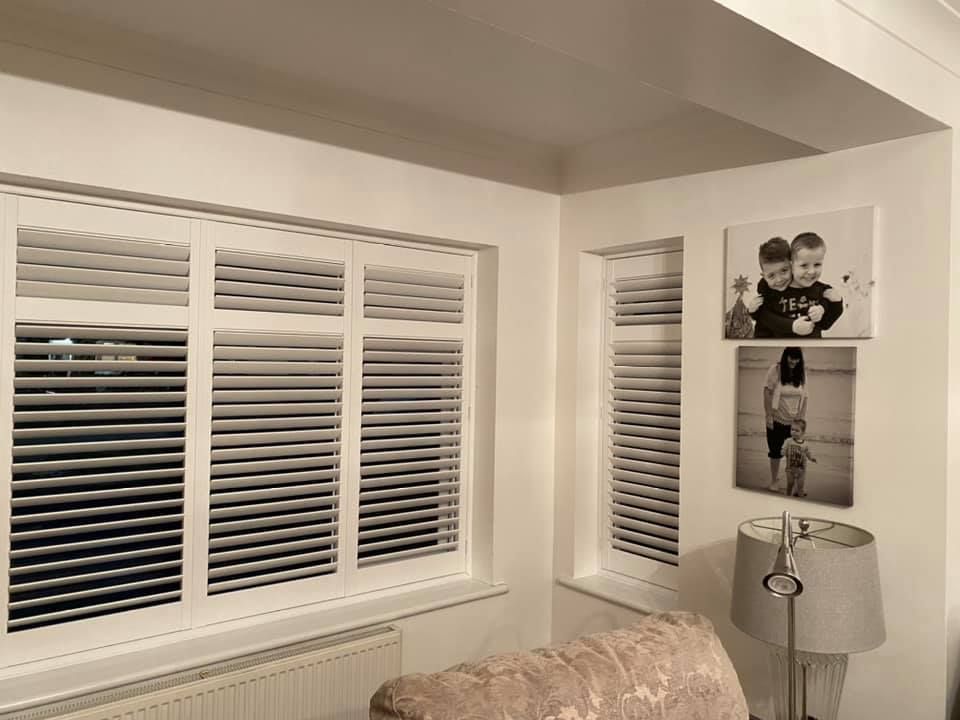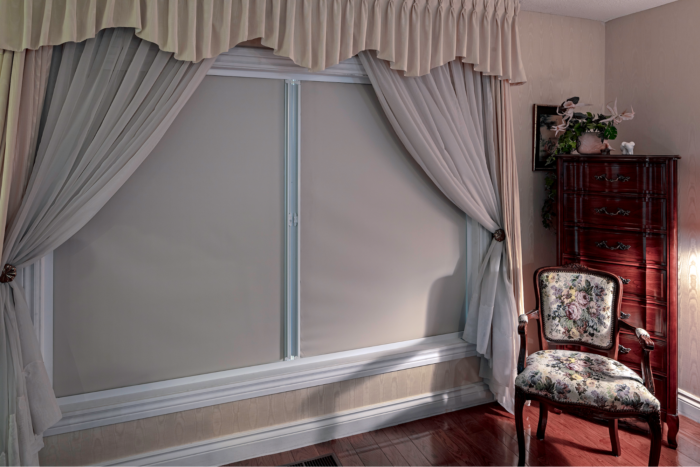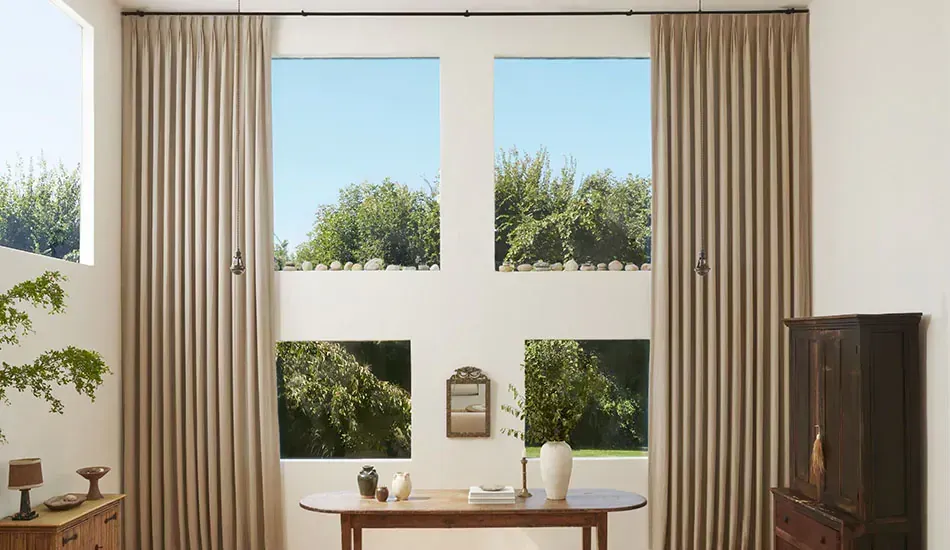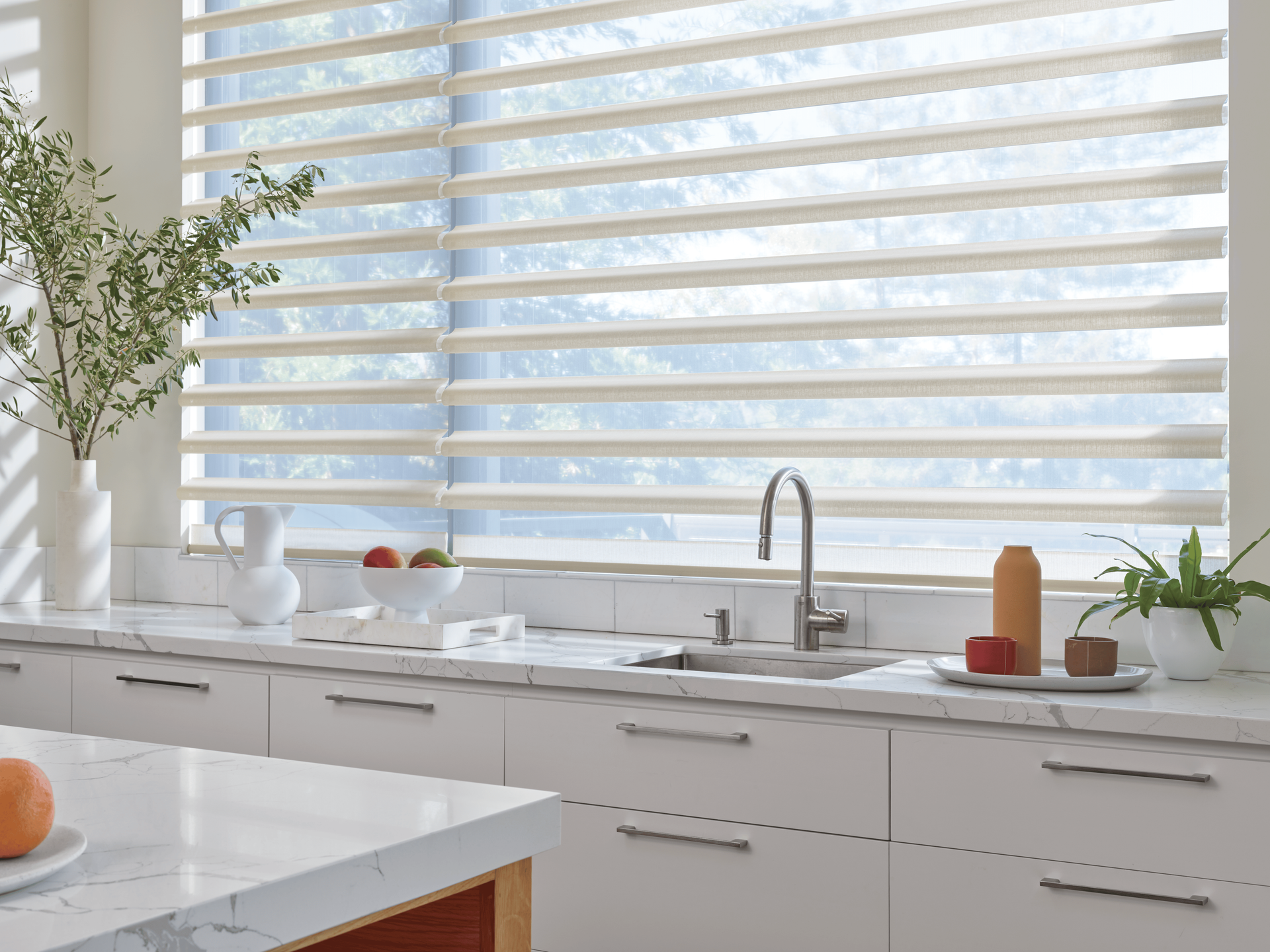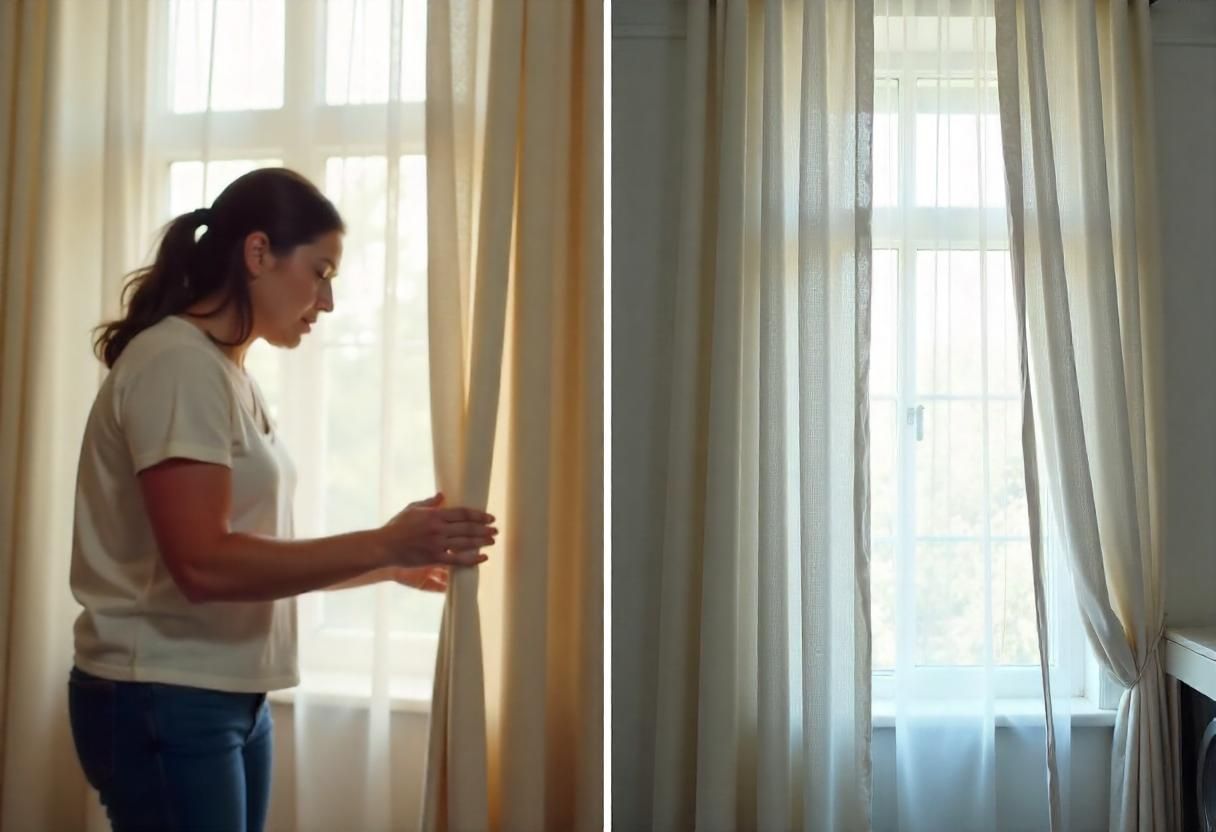Curtains vs. Blinds in Bathrooms: Which Offers Better Privacy and Durability?
TLDR;
Blinds are generally the better choice for bathroom privacy and durability. They resist moisture, are easier to clean, and offer more flexible light control than curtains, especially when made from materials like PVC, faux wood, or aluminum.
Why Choosing the Right Bathroom Window Treatment Matters
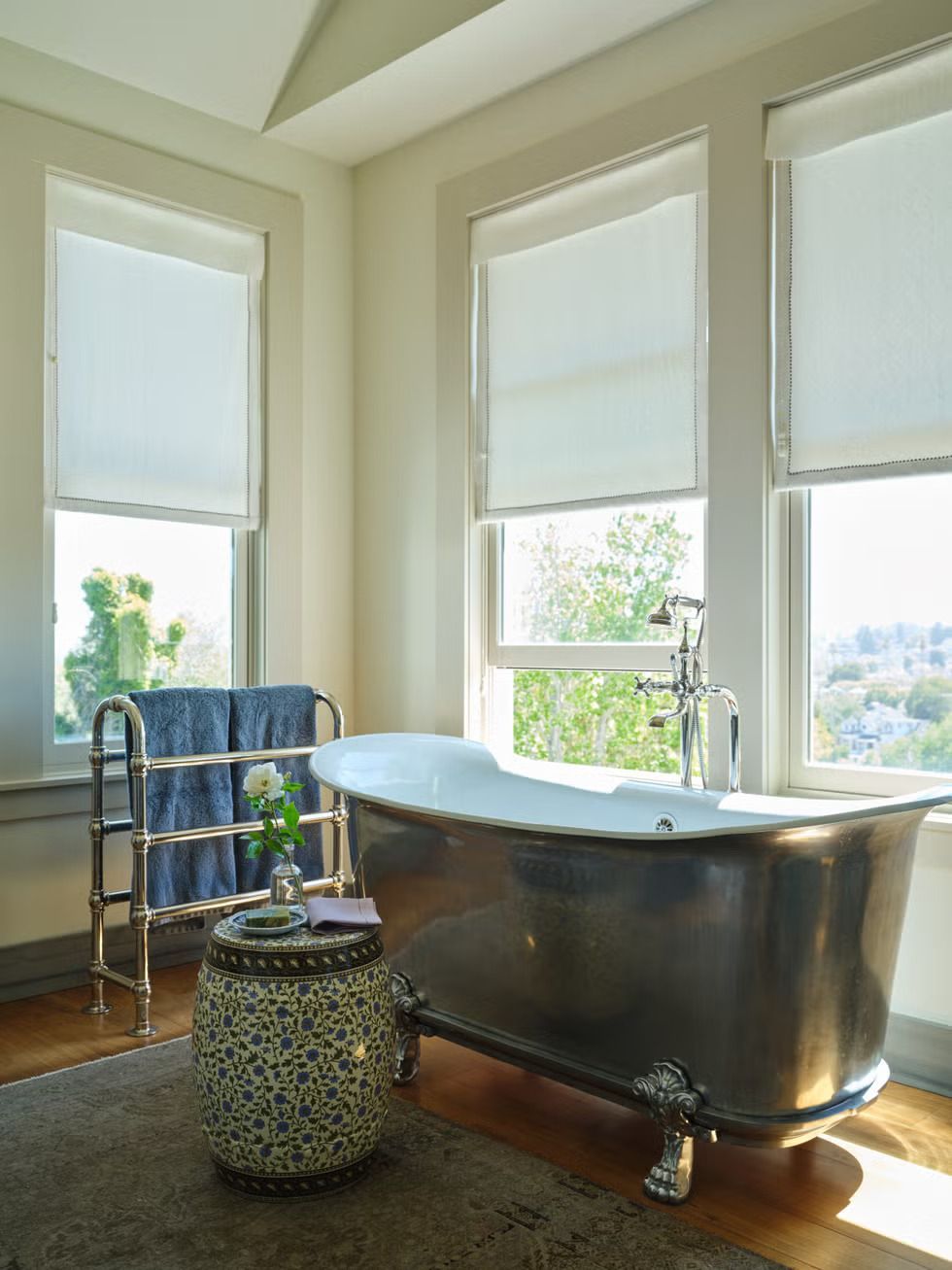
Your bathroom is one of the most humid and moisture-prone areas in your home. That makes selecting the right window treatment crucial—not just for aesthetics but for functionality, longevity, and your daily comfort.
At
Love Is Blinds MI, we help clients weigh the pros and cons of every window treatment option. When it comes to bathrooms, two contenders dominate: curtains and blinds. But which one truly delivers when it comes to
privacy and
durability?
Privacy Face-Off: Slats vs. Fabric
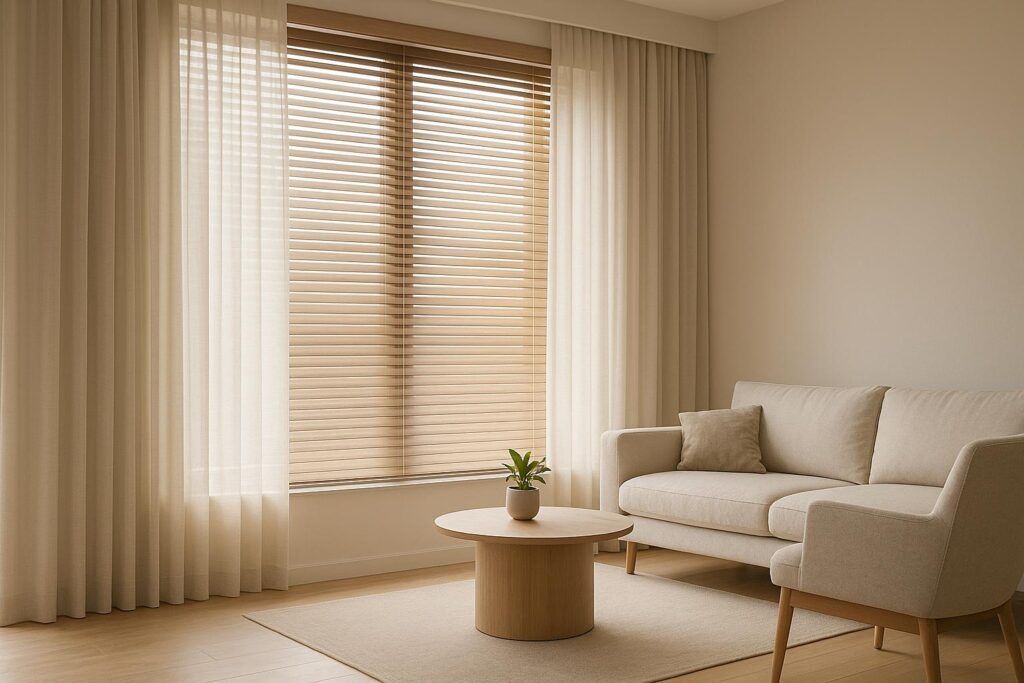
Adjustable Privacy: How Blinds Deliver Control
Blinds offer privacy on your terms. You can tilt slats to let in daylight without exposing your bathroom, giving you total control over visibility.
- Vinyl and faux wood blinds block views when closed
- Slat angles let you adjust light and sightlines instantly
- Cordless options enhance privacy and safety
Whether it’s a first-floor bathroom or one with a neighboring building in view, blinds provide more precise privacy than curtains. This control is especially important when it comes to blinds and nighttime privacy, when interior lights are on and visibility from outside increases, adjustable slats allow you to close off views without sacrificing daytime functionality.
Full Coverage Benefits: Blackout Curtains in Bathrooms
Curtains can offer full coverage, especially blackout styles, but they have drawbacks:
- Fabric may become translucent when wet
- Light seepage around edges is common
- Heavier blackout curtains hold moisture, increasing mildew risk
While blackout curtains sound like a good privacy option, they often fall short in humid environments where condensation is frequent.
Durability in Humid Conditions
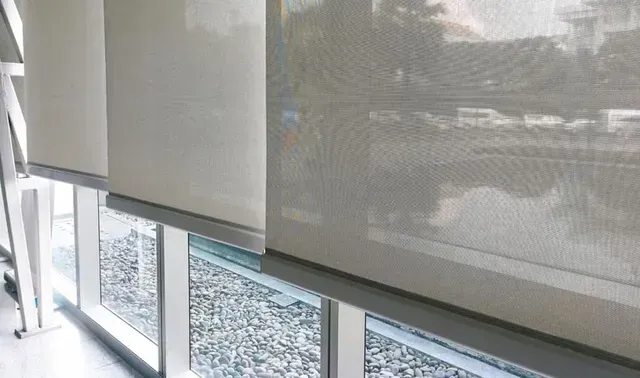
Materials That Withstand Steam and Condensation
Humidity is a silent destroyer. In bathrooms, your window treatment needs to handle daily exposure to moisture and temperature swings.
Durable Blind Materials:
- Vinyl: Water-resistant, mold-resistant, and easy to clean
- Faux Wood: Offers wood-like aesthetics without the warping
- Aluminum: Lightweight, rust-resistant with sleek look
Curtain Materials:
- Polyester or Nylon: Quick-drying but still prone to mildew over time
- Blackout Fabric: Thick but holds moisture if not lined
- Liners: Needed to protect the curtain, but often not fully waterproof
Blinds have a clear edge in resisting moisture and staying intact over time.
Fungus & Mildew Prevention Tips
- Use an exhaust fan or open windows after showers
- Choose mildew-resistant materials
- Avoid cotton or natural fiber curtains
- Clean blinds monthly with a damp microfiber cloth
- Wash curtains frequently or use antimicrobial sprays
Mildew growth isn’t just unsightly—it’s a health hazard. Blinds, being easier to clean and less absorbent, minimize that risk.
Maintenance & Longevity Comparison
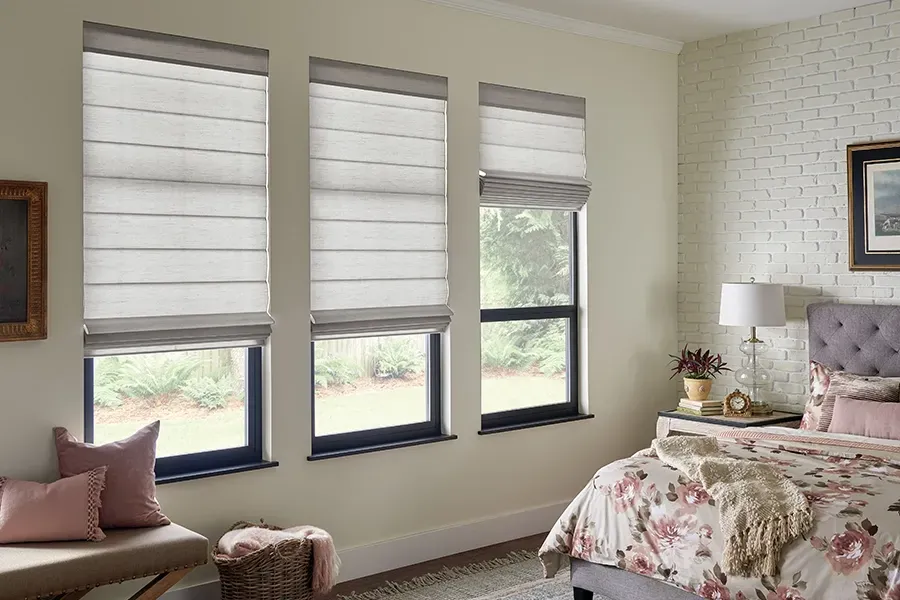
Cleaning Routine: Blinds vs. Curtains
Blinds:
- Quick to clean with a microfiber cloth or duster
- Can be wiped down with water and mild soap
- No need to remove them
Curtains:
- Must be removed and washed regularly
- Some need dry cleaning
- Fabric retains smells and moisture
Energy Efficiency, Insulation & Noise Control
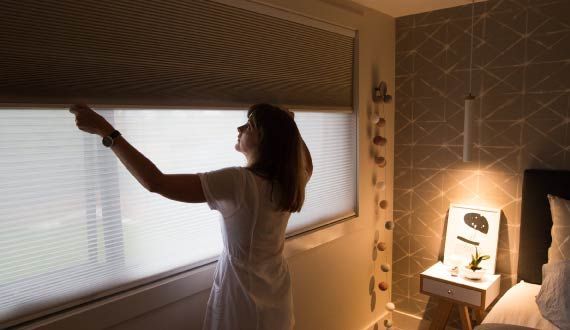
Thermal Control and Vapor Barrier
- Thermal Curtains: Great for insulation but poor in moisture-heavy rooms unless specially treated
- Honeycomb Blinds (Cellular): Provide insulation while resisting humidity
Both offer energy-saving benefits, but blinds again shine due to material options that resist warping, moisture retention, and mildew.
Sound Dampening
While curtains may offer more sound absorption due to fabric density, most bathrooms don’t need acoustic control as much as they need
moisture protection.
Style & Design Considerations
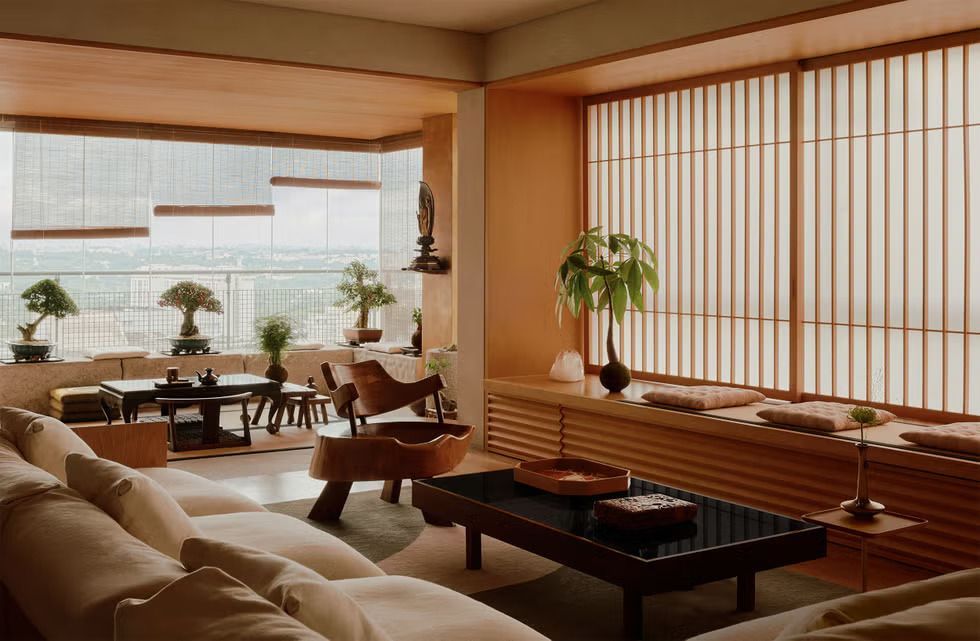
Function doesn’t have to mean boring. Both options come in stylish varieties.
Blinds:
- Available in moisture-safe finishes that mimic wood grain
- Compact and minimal look
- Easy to match with sleek, modern designs
Curtains:
- Can add softness and texture
- Best for larger, well-ventilated bathrooms
- Require careful coordination with waterproof liners or windows far from tubs/showers
Popular Michigan Trends (per Love Is Blinds MI):
- White or wood-toned faux wood blinds
- Frosted window + sheer curtain combo
- Minimal vinyl slat blinds in matte finishes
Installation & Safety Tips
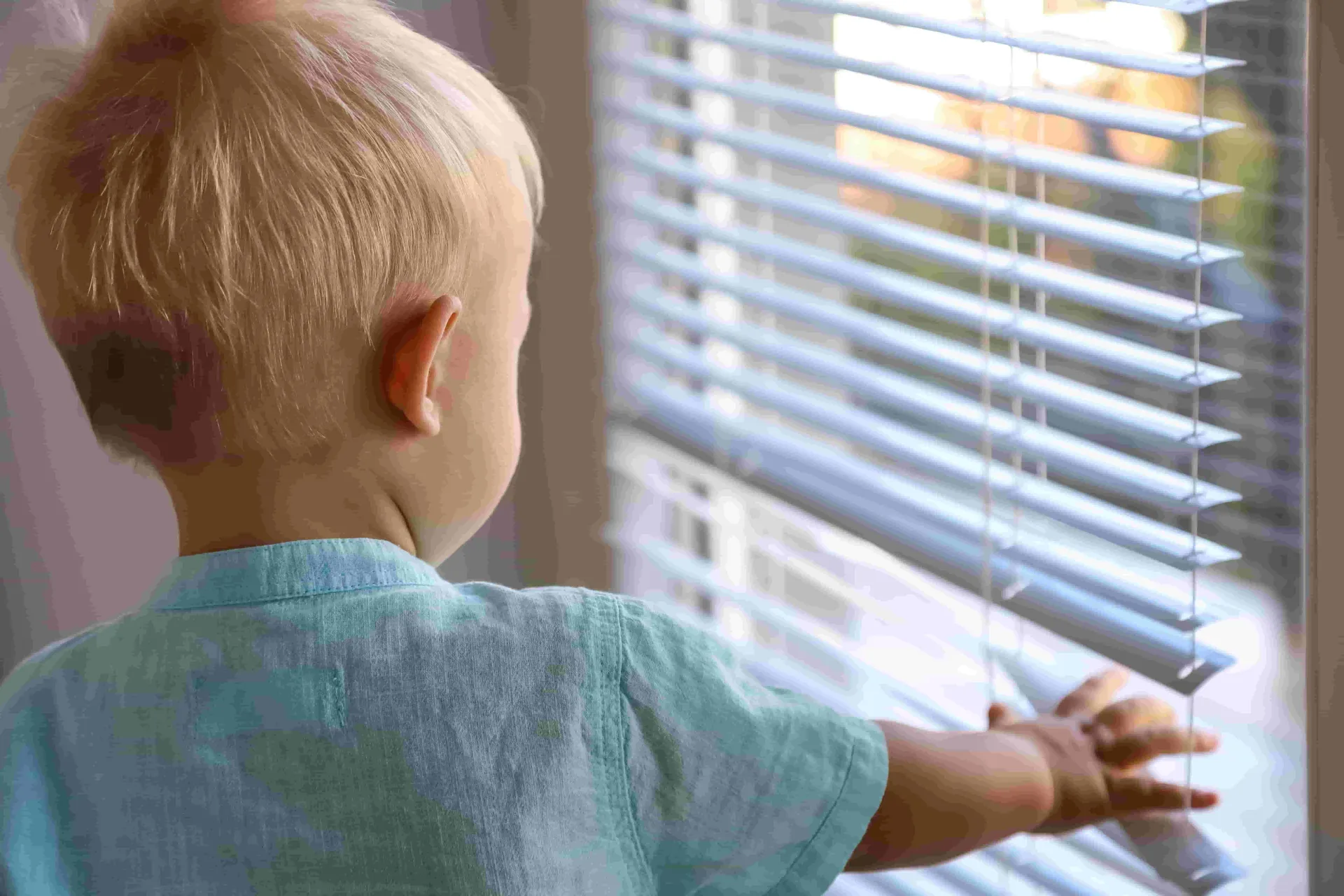
Installing bathroom window treatments comes with specific challenges.
Mounting Tips:
- Use waterproof caulking around brackets
- Install anchors in tile or moisture-resistant walls
- Opt for rust-proof mounting hardware
Safety Notes:
- Choose
cordless blinds to avoid child hazards
- Use
moisture-sealed curtain rods to prevent rust
Some building codes also require privacy or ventilation standards—consult with a window treatment expert to stay compliant.
Product Recommendations for Bathroom Use
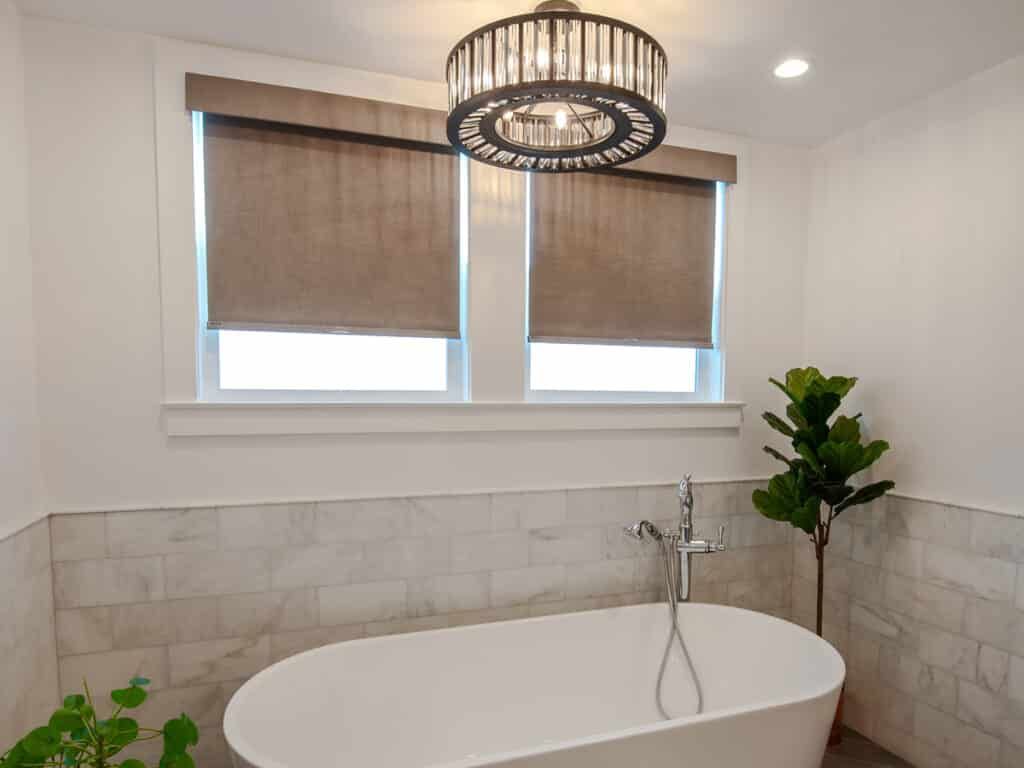
While we don’t carry downloadable guides, at Love Is Blinds MI, we recommend:
- PVC Vinyl Mini Blinds – ideal for guest and master bathrooms
- Faux Wood Cordless Blinds – elegant, durable, moisture-safe
- Blackout Curtains with Waterproof Liners – only for non-steamy areas or half-baths
These options balance privacy, moisture-resistance, and longevity.


